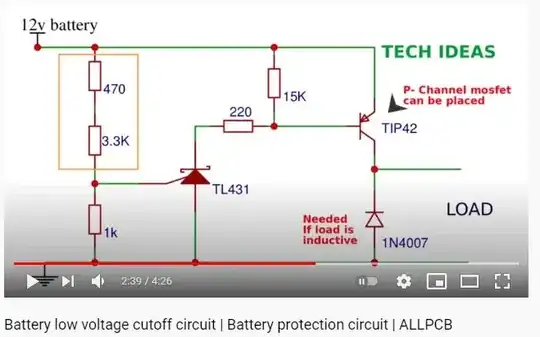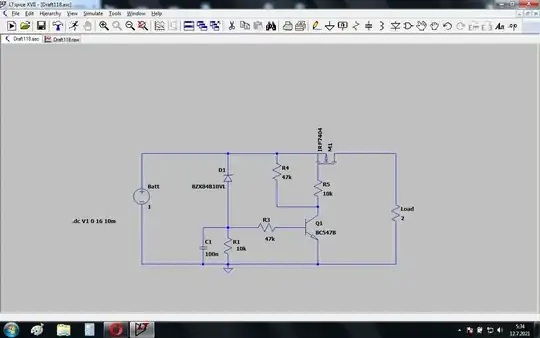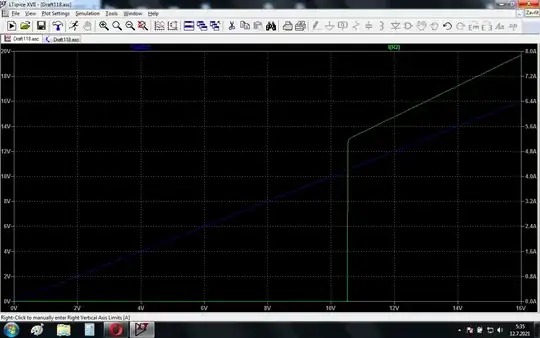I want to undervolt protect a series of 3 Li-ion cells. The load is a voltage booster with initial 5 amp usage for 5 seconds. Then power consumption is reduced to 5 watts. (It works ok on battery.) (A BMS circuit is not suitable for me.)
I want to cut off the power at 10.5 volts. My priorities are: low voltage drop, low power consumption by protection circuit.
I found these two circuits. Also is driving a relay instead of direct connection better?:
found this transistor based and this:



